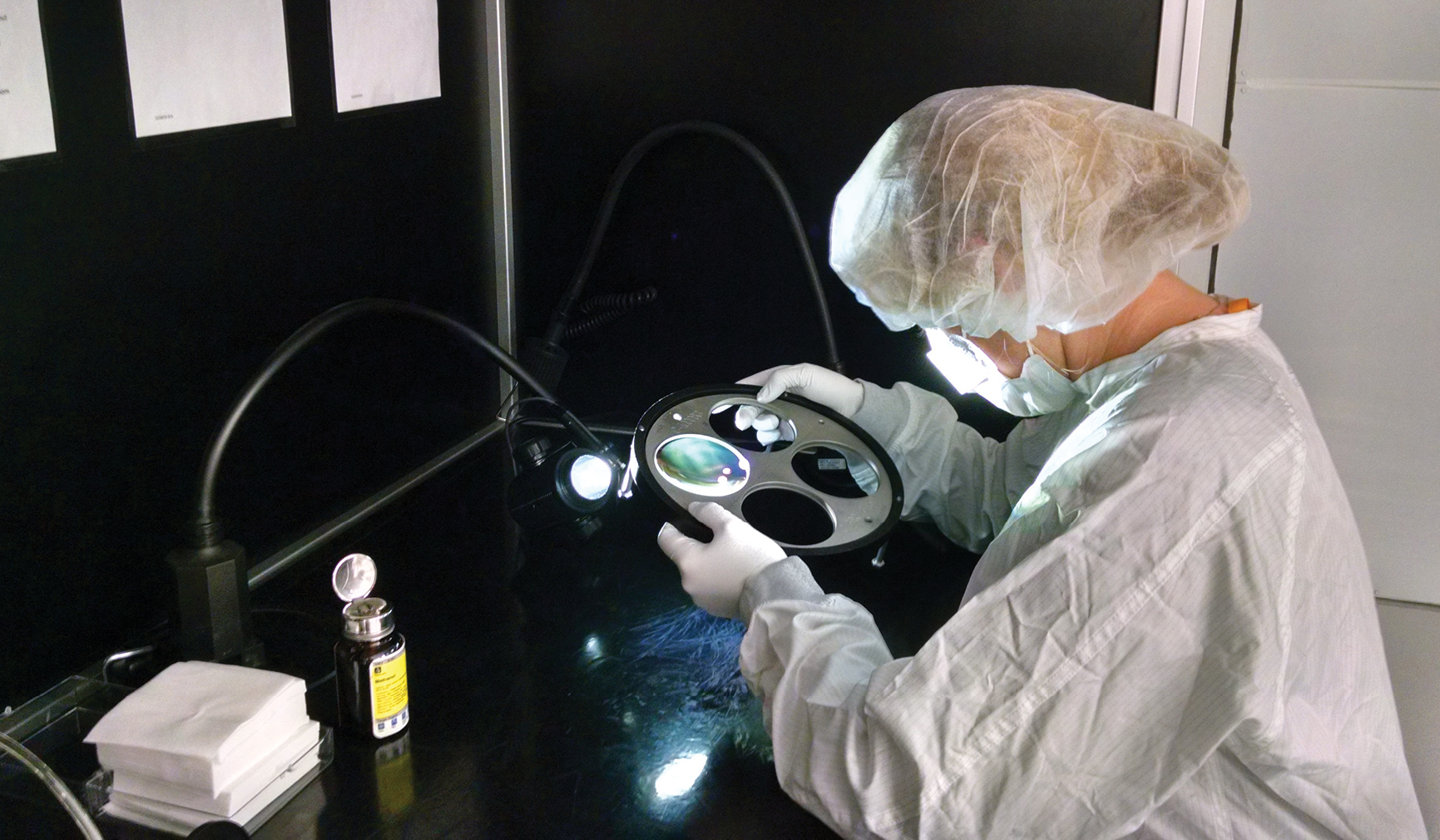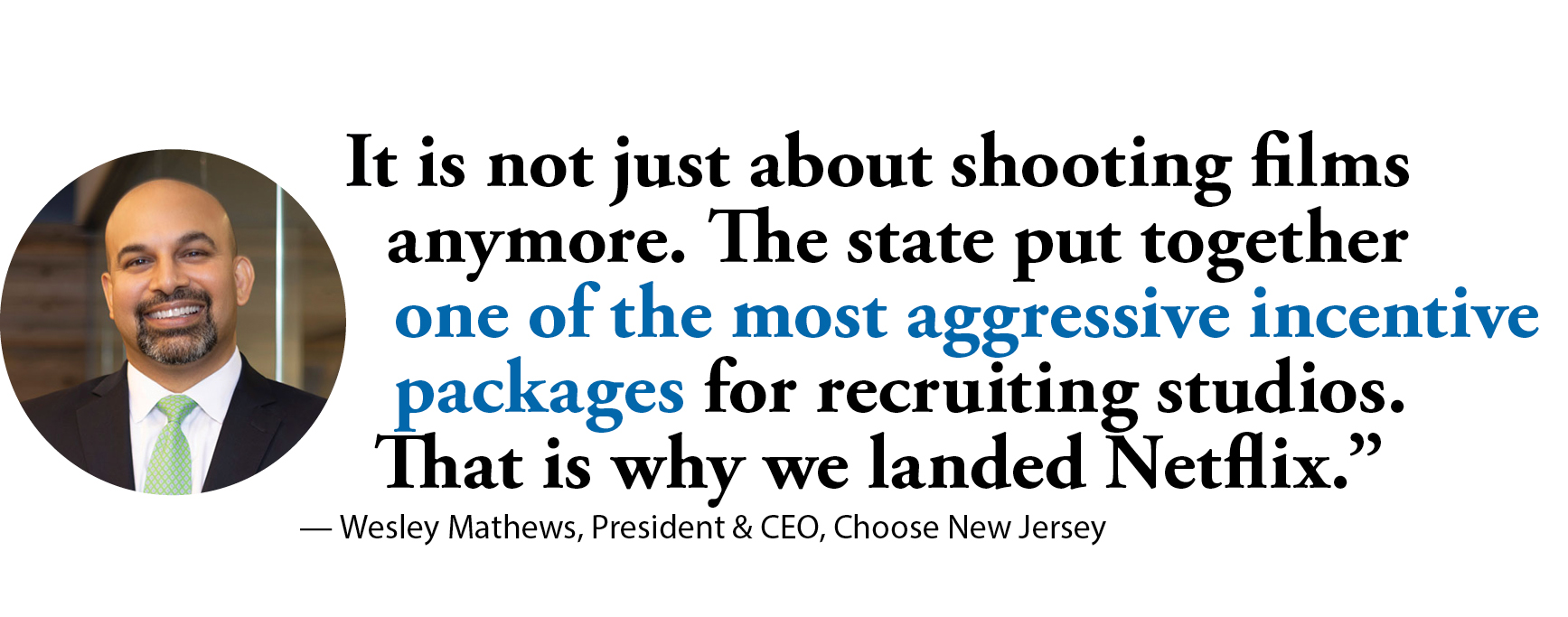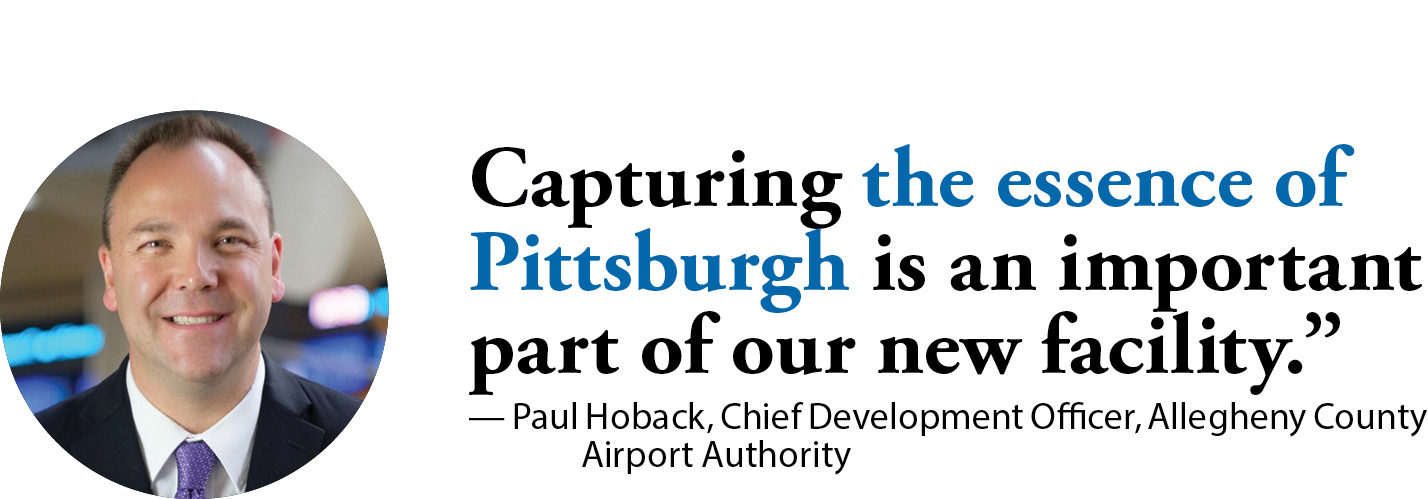The dominant media narrative around corporate site selection these days may be all about companies moving to the Sunbelt, but don’t tell that to Rick Plympton, CEO of Optimax Systems in Ontario, New York. He recently told Site Selection that there’s no other place he’d choose to build his company than Greater Rochester in Upstate New York.
“Because of the legacy of Rochester and our long technology history, we have more technology innovation than many larger cities do. We have a long history of advanced chemical engineering, optics and photonics,” says Plympton, whose company in 2022 announced a $20 million expansion that adds 50 jobs in precision optics. “We looked at other areas in 2017. We made a conscious decision to double down and expand here.”
He has plenty of company. In Greater Rochester and the surrounding Upstate, an ecosystem of advanced manufacturing is being built to support semiconductor manufacturing.
Edwards Vacuum last year announced a $319 million expansion that creates 600 jobs in cleanroom technology for semiconductors. Micron, based in Boise, Idaho, set a new record for New York when it announced a $100 billion semiconductor manufacturing complex that it plans to build near Syracuse.
According to the Conway Projects Database and recent announcements from state economic development agencies, three of the most active sectors in the Northeast are advanced manufacturing in semiconductors; film and television production; and transportation and logistics.
“Semiconductor manufacturing is coming back to this region of Upstate New York.”
— Scott Balaguer, Vice President of Global Business Development, Edwards Vacuum
For a deeper dive into these sectors, we turned to leaders serving on the front lines of industrial development in the Northeast. Here are their stories:
Scott Balaguer of Edwards Vacuum
“Semiconductor manufacturing is coming back to this region of Upstate New York,” says Scott Balaguer, vice president of global business development for Rochester-based Edwards. “We supply equipment to all the integrated circuit manufacturers around the world. Given the shortages caused by the short supply of computer chips worldwide, we chose to expand in Upstate New York for several reasons.”
The factors driving the New York expansion, he said, include the following:
- A need and a desire to bring this industry back to the U.S.
- Shipping heavy equipment from Korea to North America is too costly.
- Shipping globally does not align with Edwards’ goal of reducing its carbon footprint.
- “We were so impressed with the workforce and the opportunity to find great labor here,” says Balaguer.
- “Everybody at Greater Rochester Enterprise and Genesee County has been so willing to help us, and it has been above and beyond what we saw elsewhere,” he adds.
- The ability to power the site with renewable energy.

A cleanroom environment at Edwards Vacuum.
Photo courtesy of Edwards
“We did our due diligence, that’s for sure,” says Balaguer. “We took a road trip that looked at eight to 10 sites in New York, Ohio and Michigan. At the end of the day, we narrowed it down to STAMP.”
STAMP is the Western New York Science, Technology and Advanced Manufacturing Park located in the Town of Alabama in Genesee County. A 1,500-acre shovel-ready megasite that has been ready for development for a long time in the Finger Lakes region, STAMP gets its electricity from hydroelectric power generated by the New York Power Authority at Niagara Falls.
“The CHIPS Act funding’s impact on Edwards Vacuum is significant,” says Balaguer. “And the financial funding opportunities we agreed to with New York are quite abundant and important.”
Larry Nulton of Cambrian Hills Development Group
In Johnstown in central Pennsylvania, a new business park is making plans to build a 100,000-sq.-ft. maintenance, repair and overhaul (MRO) facility at Johnstown-Cambria County Airport. Mid-Atlantic Opportunity Park will open in the fall of 2024 and should serve as a jobs magnet for the region, according to people familiar with the project.
Larry Nulton, president of Cambrian Hills Development Group, says, “We got a government grant to build a new FBO [fixed base operator] and new maintenance building. That’s how this whole thing started. As a result, we started to focus on workforce development and economic development. We wanted to have all the infrastructure in place before we started marketing this project. We started by partnering with the state and got $4 million to develop the roadway to the park.”

Nulton says his firm is the “champion of rural aviation in central Pennsylvania. We have a lot of stuff that you would find at a big airport, but we are low volume and low cost. There are many MRO facilities across the Northeast, but we have been like a big empty hole here in central PA. If we can bring in a large MRO, they will make deals with us and the state to cooperate on the project. We would like the chance to beat an offer from another state.”
Part of the attraction, says Nulton, is that currently there is “no competition at all for this here. If you are a large MRO, the nice thing about coming to Johnstown is that there is no Boeing here. You don’t have to compete for labor.”
Airport Authority Manager Cory Cree said that “the MRO facility has the real potential to be a magnet for job creation and economic activity that will resonate for generations. MROs around the country have brought jobs and economic opportunity, and we have long believed our airport is an ideal location for an MRO operator.”
Wesley Mathews of Choose New Jersey
Cornering huge investment deals from Netflix and Campbell’s Soup is just the beginning for New Jersey, says Wesley Mathews, who is a little more than a year into his tenure as president and CEO of Choose New Jersey.
“It is not just about shooting films anymore,” he says. “The state put together one of the most aggressive incentive packages for recruiting studios. That is why we landed Netflix.”
Mathews was talking about an $848 million production facility announced by Netflix in Monmouth County, New Jersey. To do the project, the firm is securing 292 of the 1,127 available acres at Fort Monmouth. As many as 2,200 workers could be employed at the site upon full production, according to Netflix.
The Choose New Jersey team also worked on the Campbell Soup HQ project. The company is investing $50 million to expand its headquarters in Camden.
“We are so proud that they have called Camden their home since 1865,” says Mathews. “Arguably, they are the world’s most iconic food brand. Our role was to be the convener of the project. That deal came together very quickly at the end of 2022. They reached out to us confidentially with the RFI [request for information]. We explained our state incentive programs to the leaders at Campbell. We stayed in touch with them regularly to make sure they felt comfortable with the process. All of that contributed to sealing the deal.”
Mathews said he knows that they considered other states for the deal. “Other states might have been cheaper for them, but the value here was too hard for them to beat,” he says. “They have been here for over 150 years. They know our talent pipeline better than anyone. Camden is a city on the rise.”
Steel City Getting a New Grand Entrance
by RON STARNER
They say you never get a second chance to make a good first impression. If that is true, then the Pittsburgh International Airport (PIT) is taking first impressions to a whole new level.
On March 10, PIT leaders unveiled the design of a new connector bridge and tunnel that will take travelers from the new landside terminal, now under construction, to the existing airside center core. Inspired by the iconic Fort PITT Tunnel, the new airport tunnel is designed to emulate the scenic blue skies of western Pennsylvania and evoke a singular sense of place.

“Pittsburgh is a city with a magnificent entrance and this design, as part of our new terminal program, provides travelers with a similar experience,” said Paul Hoback, chief development officer for the Allegheny County Airport Authority. “Capturing the essence of Pittsburgh is an important part of our new facility.”
The new tunnel and bridge are part of a $1.4 billion airport modernization plan that is slated for completion in early 2025. The project includes construction of a new airport terminal that is being built to reflect the DNA of Pittsburgh.
Luis Vidal and Gensler-HDR are the two architectural firms selected to design the upgrades at the airport. The goal of the project is to emphasize the greenery of nature and a unique sense of place while providing a signature gateway to the city.
The new terminal is being built between Concourses C and D and is expected to open later this year. About 10 million passengers pass through the airport every year. The improvements are designed to elevate the traveler’s experience, say the planners and architects.
“This new terminal, inspired by the beauty, tech renaissance and people of our region, will integrate seamlessly into the brilliant design of the existing Airside Terminal,” said Allegheny County Airport Authority CEO Christina Cassotis.
Among other upgrades, the new terminal will shorten walking distances for travelers and allow more space for an expanded TSA checkpoint.
Hoback said the new connector bridge will be “something that is uniquely Pittsburgh, and we want passengers to have that feeling of awe as they enter the mezzanine level.”
Once passengers reach the end of the tunnel, they will enjoy an expansive view of the airport’s center core as new escalators guide them to their gates.
Fittingly, all of the fabricated materials used to build the bridge are coming from nearby Sippel Steel in Ambridge, Pennsylvania.

